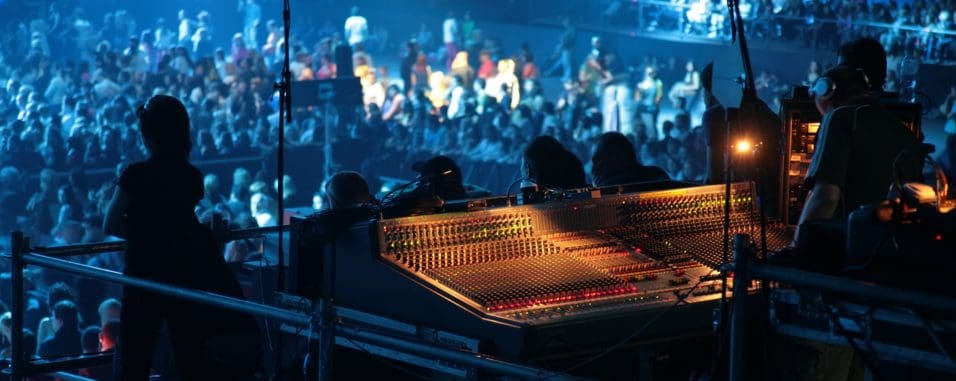Mutable Instruments Beads
First impressions with the brand new, latest and final module of Mutable Instruments. It started off around 2017 as Clouds V2 but ended up as ‘Beads’ (which make a necklace). Make sure you manage your expectations, because this is not a Clouds 2.0, it’s a completely different module with its own character that also happens to be a ‘texture synthesizer’, a granular synth that cuts fragments from existing audio, reorders is and creates completely new voices, noise and sonic whirlwinds.
There’s definitely more to come once I figured out all its sweetspots and get predictable results. Maybe there’s an easter egg in it.
Beads is a reinvention of Mutable Instruments’ Clouds. the long-time awaited Clouds 2 is here and the name of the eurorack module is Beads. The concept of Beads is the same, live granular processing of an incoming audio signal, and the labels on the panel remain familiar. The similarities of Beads compared to Clouds (1) ends here. The hardware and software have been redesigned from the ground up, with several goals in mind: a crisper and broader sound palette, more control, better playability, and direct access to exciting new features.










